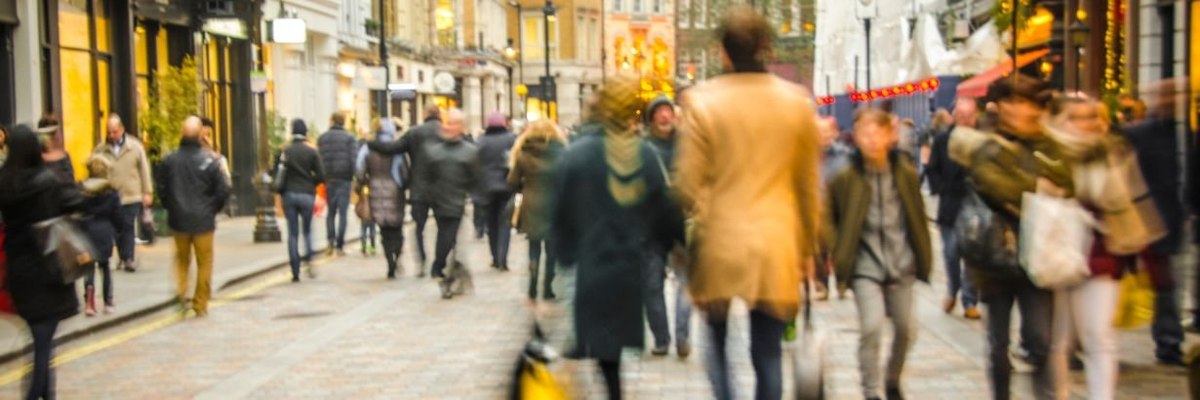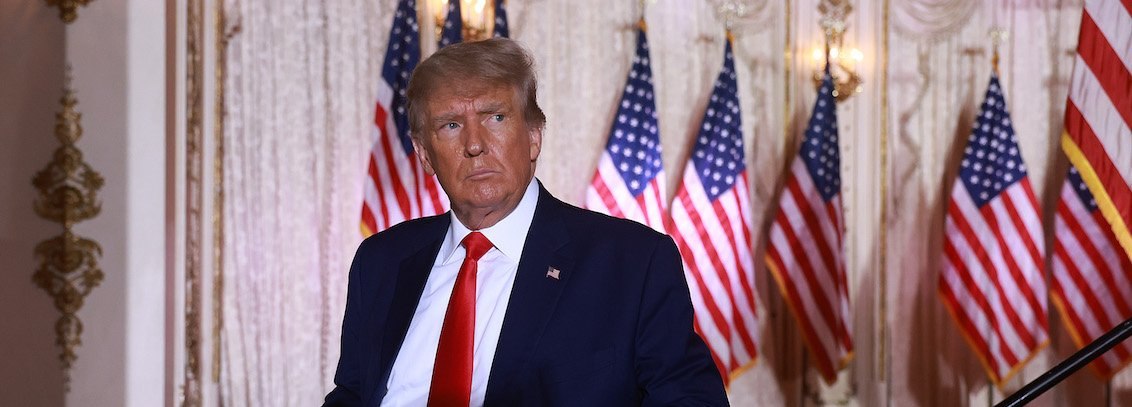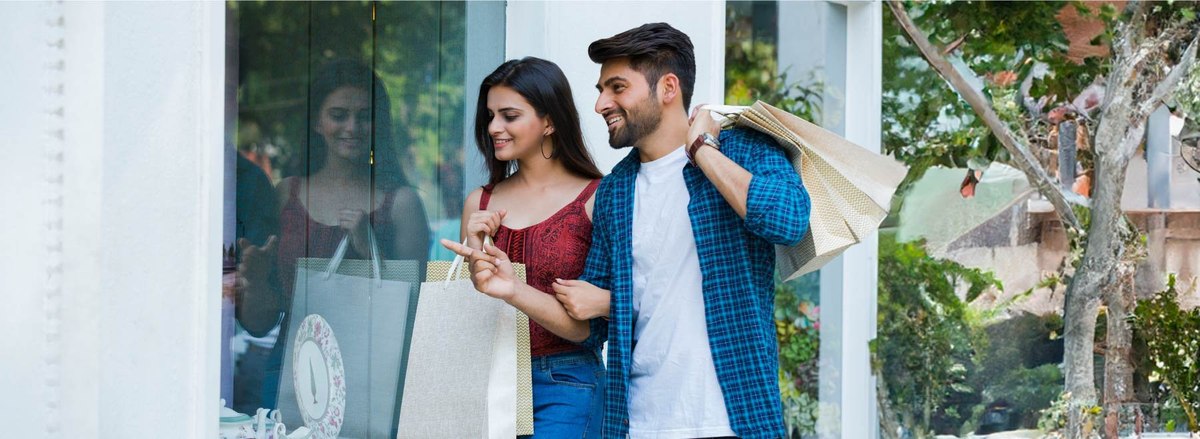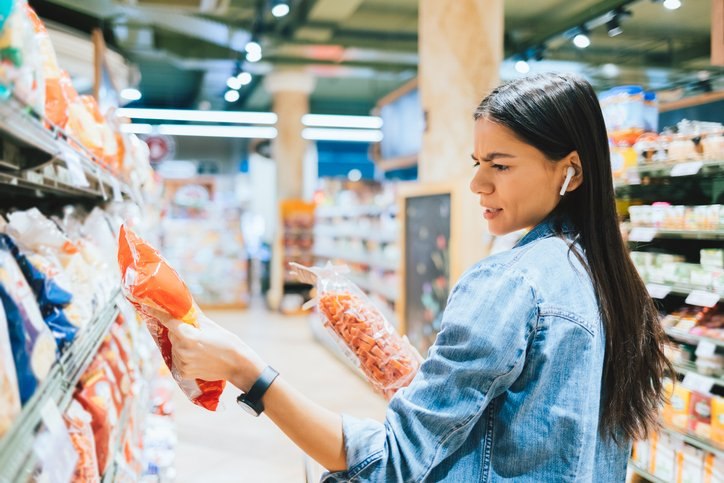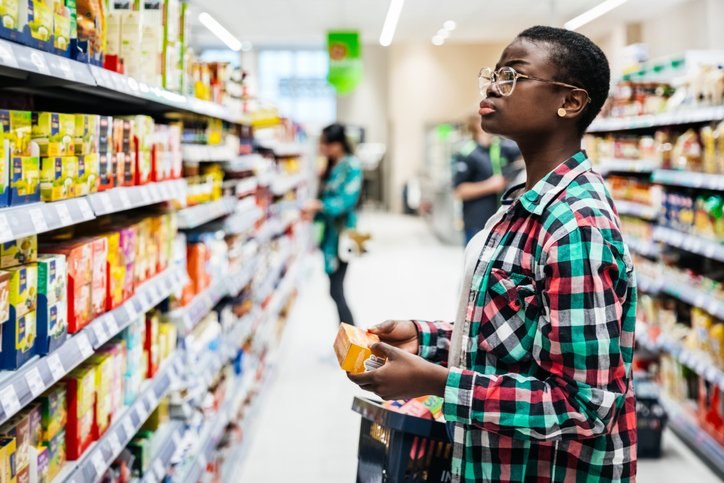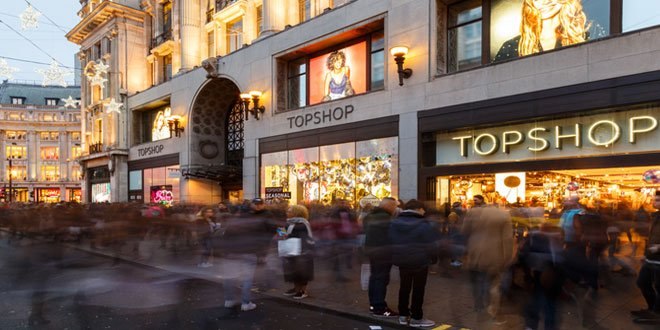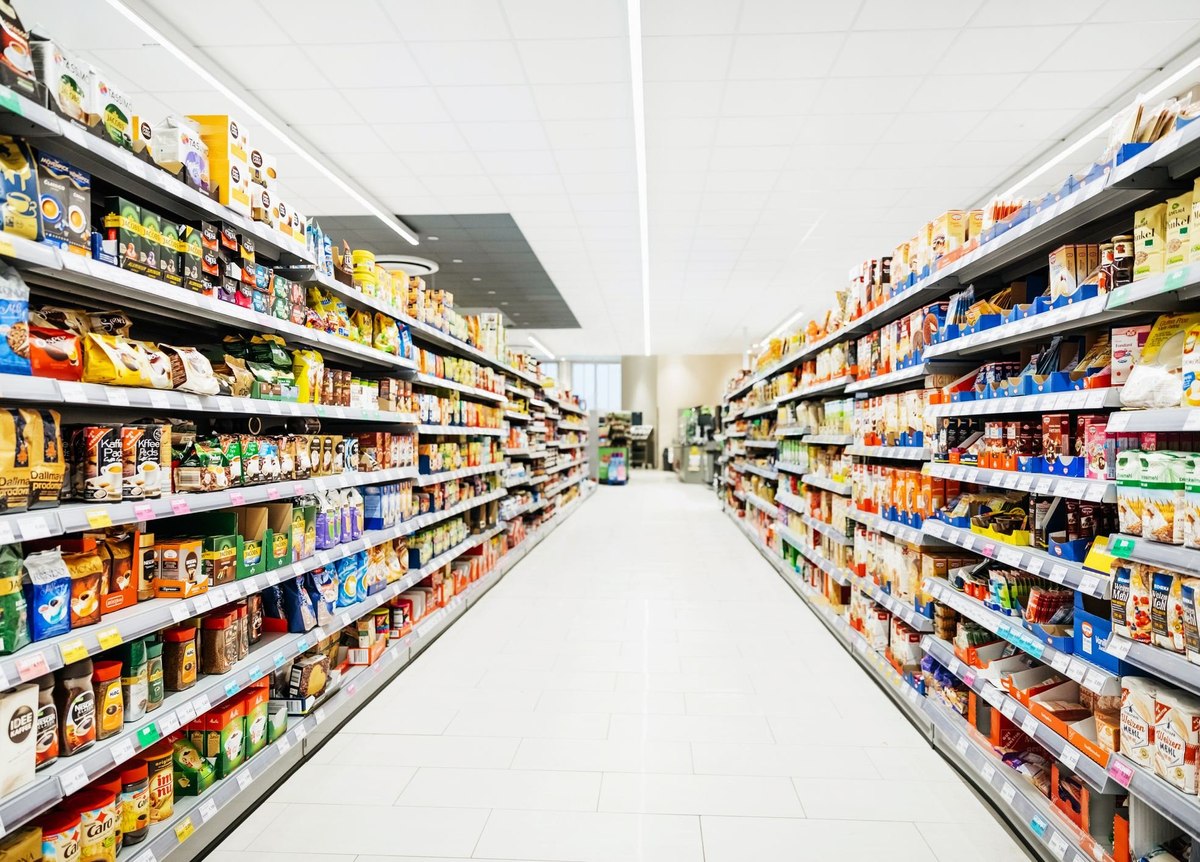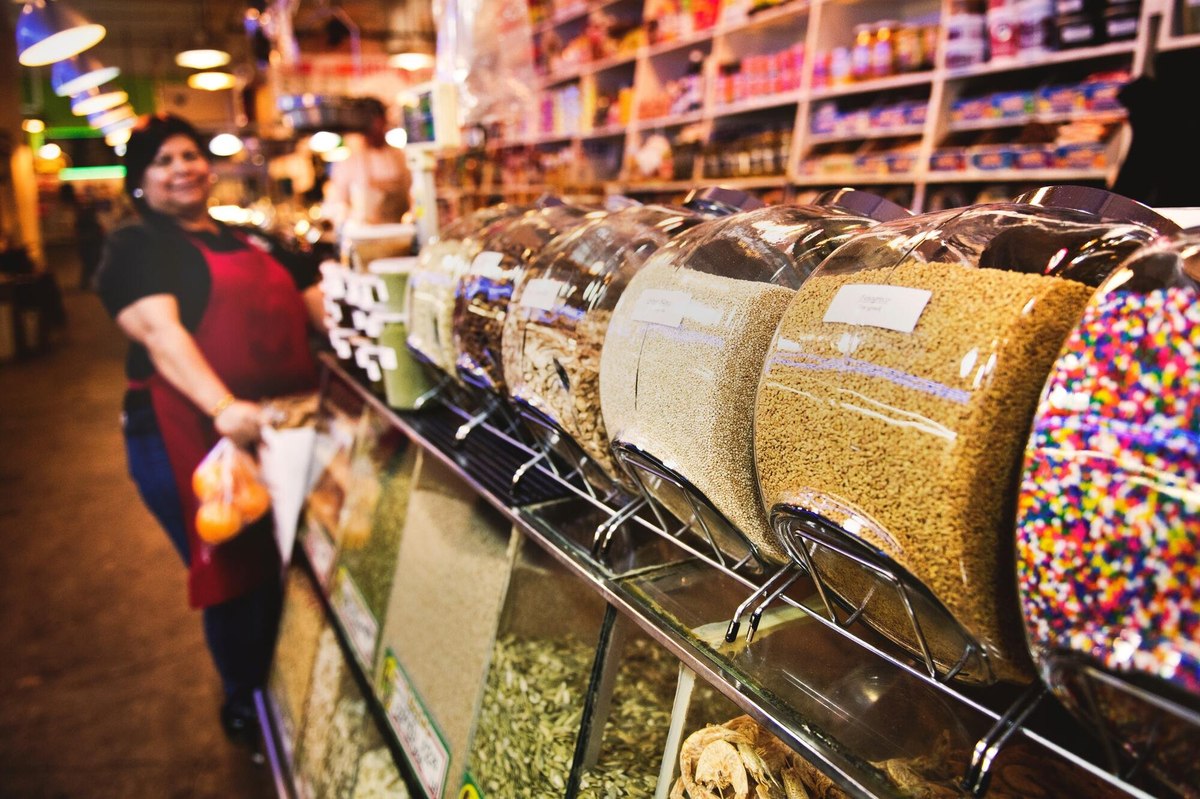
Online vs. offline: Where do Britons prefer shopping for clothes?
The UK clothing retail landscape is diverse, with consumers embracing a blend of physical stores and online channels. This report explores recent shopping behaviour trends in the UK, analysing data from YouGov to uncover how Britons navigate the world of clothing retail.
Here are a few key takeaways using data from YouGov Profiles
- Nearly two-fifths of British consumers (37%) say they tend to purchase clothes and shoes “all” or “mostly” online.
- More than a quarter of Brits are likely to maintain an even split between online and offline shopping (28%) in this category
- More than a third (35%) are likely to opt just for offline shopping.
Younger Britons (18-24 years old) seem most comfortable navigating both worlds, with 34% reporting shopping both online and offline evenly. Predominantly online shopping persists among 25–39-year-olds (46%) and 40–54-year-olds (44%) with more than two-fifths favouring online options.
As expected, the preference for physical stores increases with age. However, while a higher proportion of 55+ consumers (29%) lean towards brick-and-mortar stores, a fifth (21%) still shop mostly online.
Brand preferences: Online vs. offline
Online shoppers show a strong affinity for established British brands like Marks & Spencer (42%) and George (37%). Value-oriented retailers like Next (20%) and Tu Clothing (18%) also rank highly, reflecting a focus on affordability among online buyers. Interestingly, Zara (9%) is the only international brand to crack the top 5, suggesting a preference for established domestic players when shopping online.
In-store shoppers, on the other hand, exhibit different brand loyalties. Primark (37%), known for its trendy, budget-friendly clothing, takes the top spot. Marks & Spencer (24%) remains popular, while Tu Clothing (13%) retains its appeal. Notably, luxury brand Ralph Lauren (11%) is among the top 5 for offline shoppers, suggesting a willingness to spend more when shopping in person. Zara (9%) also appears in the top 5 for in-store shoppers.
While there is some overlap in the preferred brands of online and offline shoppers, the overall trends highlight distinct shopping preferences. Online buyers seem to prioritise affordability and convenience, favouring established domestic brands. In contrast, in-store shoppers demonstrate a broader range of preferences, including both budget-friendly options and higher-end brands.
Explore our living data - for free
Discover more retail content here
Want to run your own research? Run a survey now
Make smarter business decisions with better intelligence. Understand exactly what your audience is thinking by leveraging our panel of 26 million+ members. Speak with us today.
Image: Getty Images
